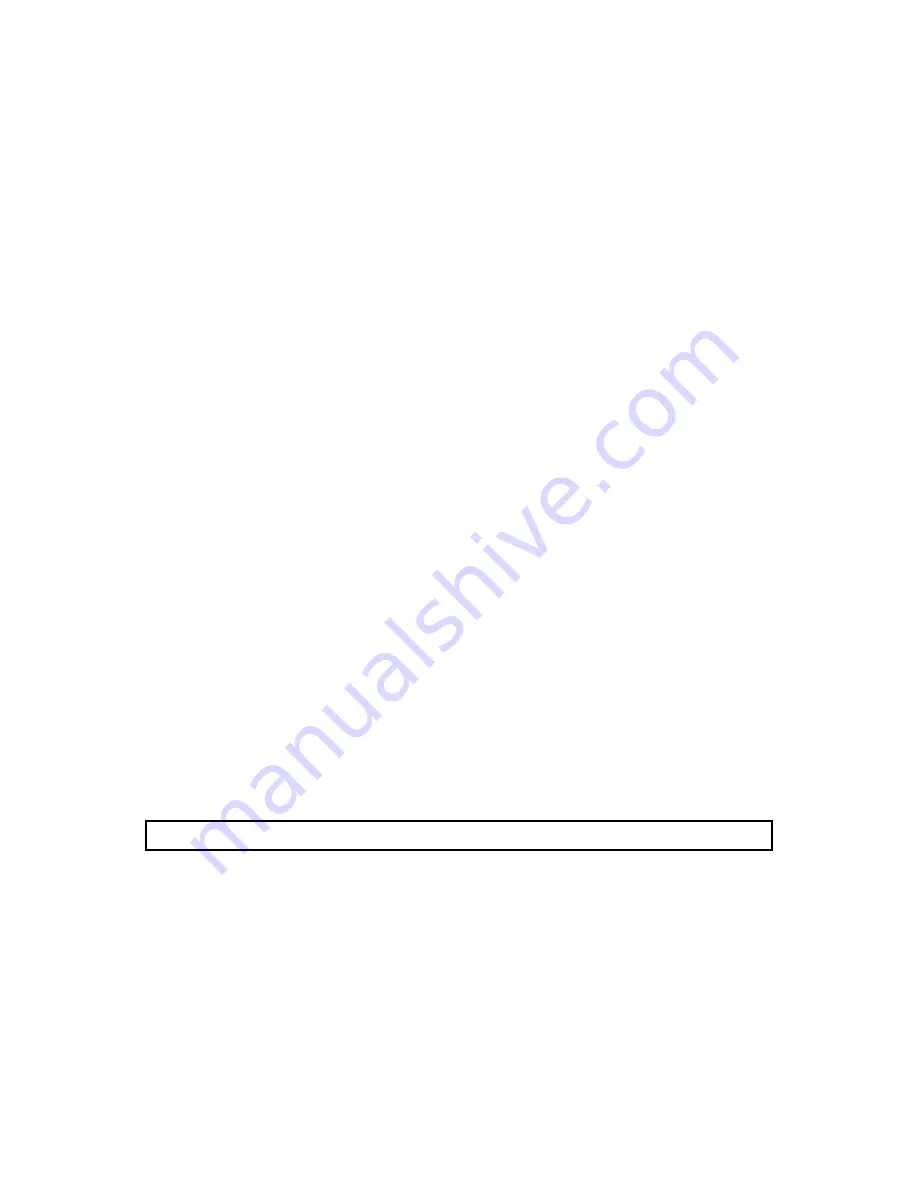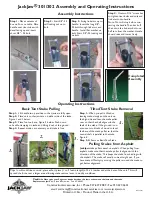
IP-010
Page
10
of
13
Revision 3
into the gap between the PLIDCO Clamp+Sleeve and the pipe towards the seals. The flame from a
preheat torch is helpful in burning off oils and other contaminates. Do not use a large torch, commonly
called a rosebud, because of the difficulty controlling the size of the area being preheated.
Monitor the heat generated by welding or preheating, particularly near the area of the seals, by using
temperature crayons or probe thermometers. If the heat generated approaches the temperature limit of
the seal material, which is indicated on the label, welding should be discontinued or sequenced to another
part of the fitting so that the affected area has a chance to cool.
Seal welding the grade B-7 studs of the PLIDCO Clamp+Sleeve is the most difficult phase of field
welding. They are made of AISI 4140 steel with a high carbon equivalence. By using a low hydrogen
welding process with preheat, the problem of hydrogen cracking and pinholes can be reduced. The
preheat will dry out any moisture, oil dampness or thread lubricant that may be present in the weld area.
If the stud lengths need to be cut back, allow at least 1/4 inch (6.4 mm) of stud beyond the nut for the
fillet weld. Preheat the stud and nut, and then weld the nut to the stud. Check the preheat and then weld
the nut to the sidebar.
WELDING AFTER A CONSIDERABLE TIME LAPSE AFTER THE INITIAL INTALLATION
PLIDCO recommends that if the PLIDCO Clamp+Sleeve is to be welded, the welding be completed as
soon as possible after the installation; as conditions permit. Welding at a significantly later date relies
heavily on whether proper installation procedures were followed and the compatibility of the elastomeric
gaskets with the product in the pipeline.
After the installation of the PLIDCO Clamp+Sleeve there is no meaningful test that can be performed to
determine the condition of the gaskets or the remaining service life the gaskets. There are many
variables that can affect the condition of the gaskets over which PLIDCO has no control.
If the PLIDCO Clamp+Sleeve is to be welded at a significant time lapse from the installation, the follow
precautions should be followed:
1.
The PLIDCO Clamp+Sleeve must be closely inspected for any leakage that may have developed.
2.
The studs and nuts should be retightened per the recommended torque value.
3.
If possible, the pressure in the line should be reduced.
4.
Some flow in the line is still required to dissipate the welding heat to prevent damage to the
elastomeric seals.
5.
Following the recommended welding practices as listed under Field Welding Instructions.
Welding Sequence
Caution should be observed so that welding does not overheat the seals. Sequence the welding so that
the heat is not concentrated in one area. It will be necessary to re-torque the studs and nuts periodically
during field welding because weld contraction causes them to loosen.
1.
Fillet weld ends to pipe. (See Figure 12)
2.
Seal Weld side openings.
3.
Re-torque studs and nuts.
4.
Seal weld nuts to studs.
5.
Seal weld nuts to sidebars.
6.
Seal weld vent plugs, if applicable.

































